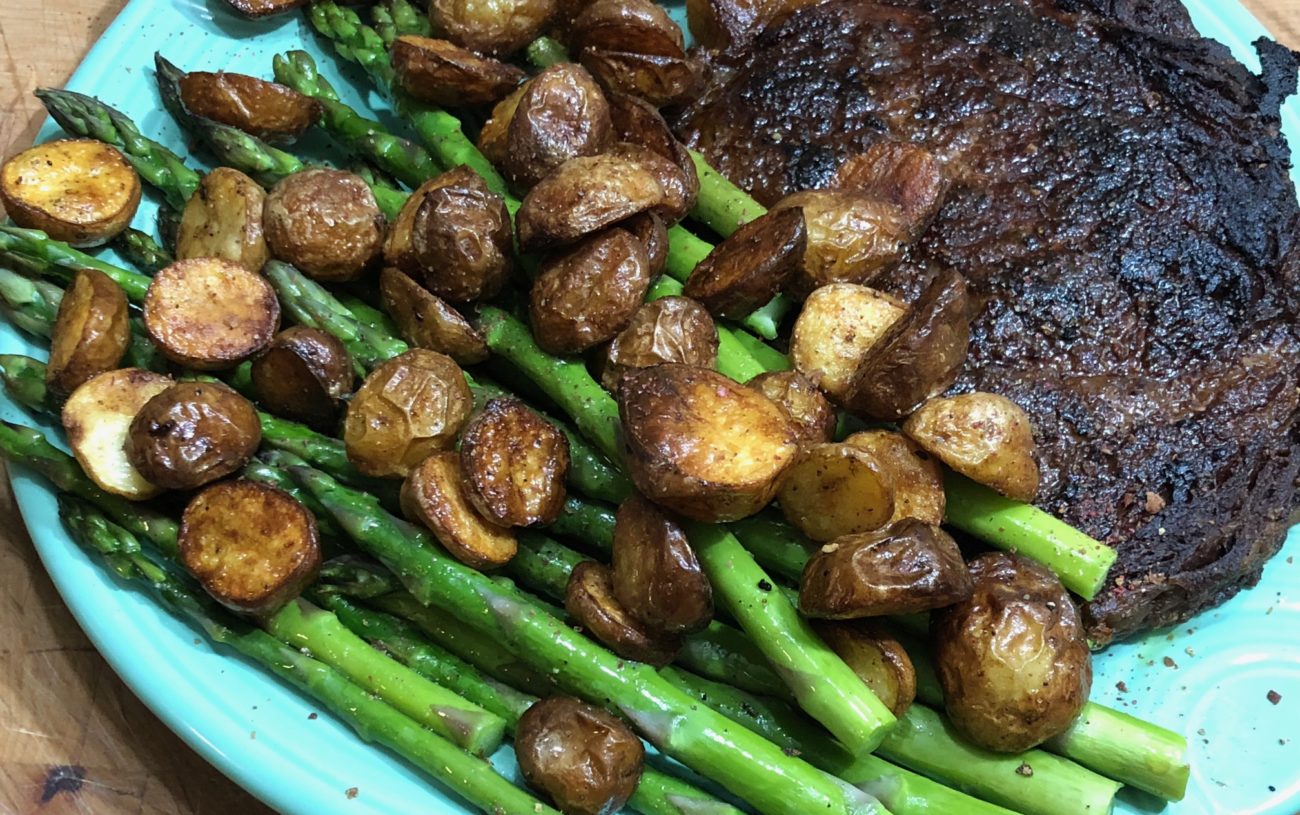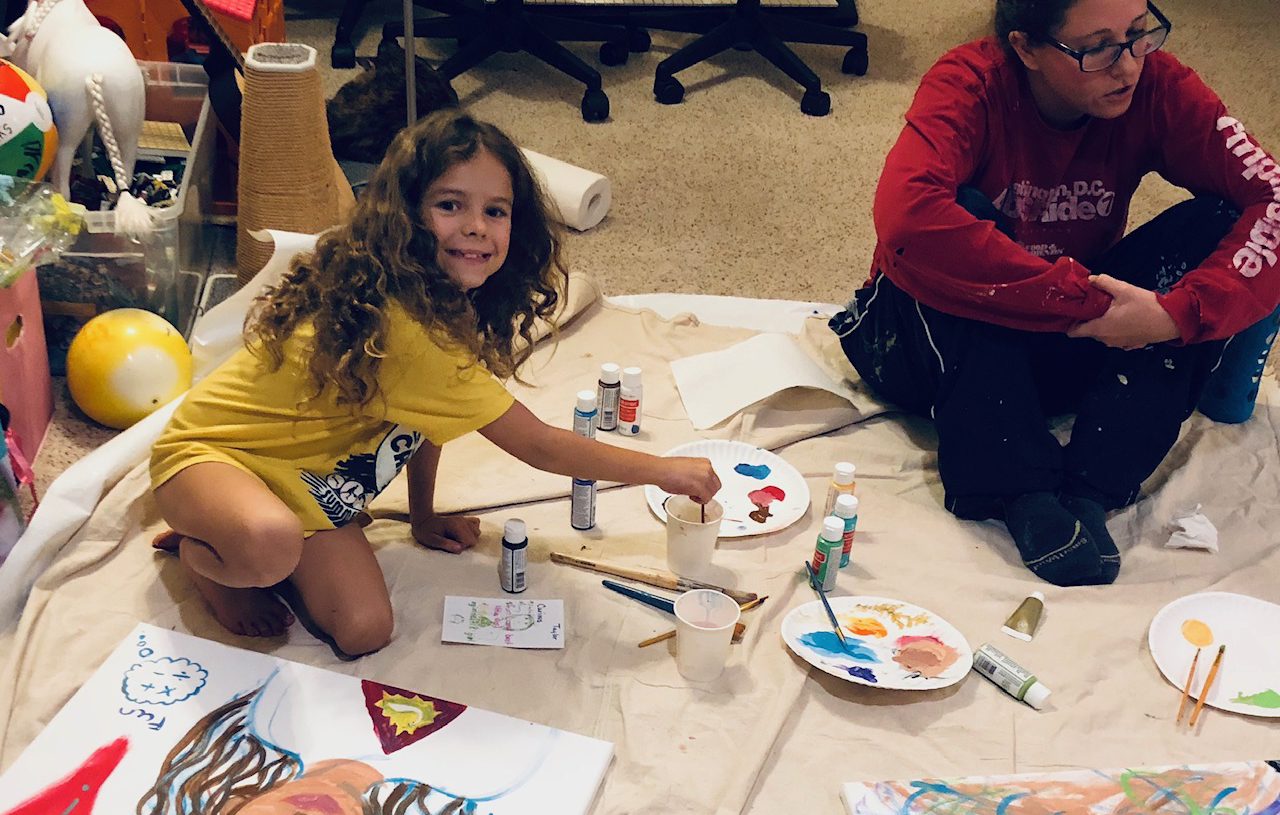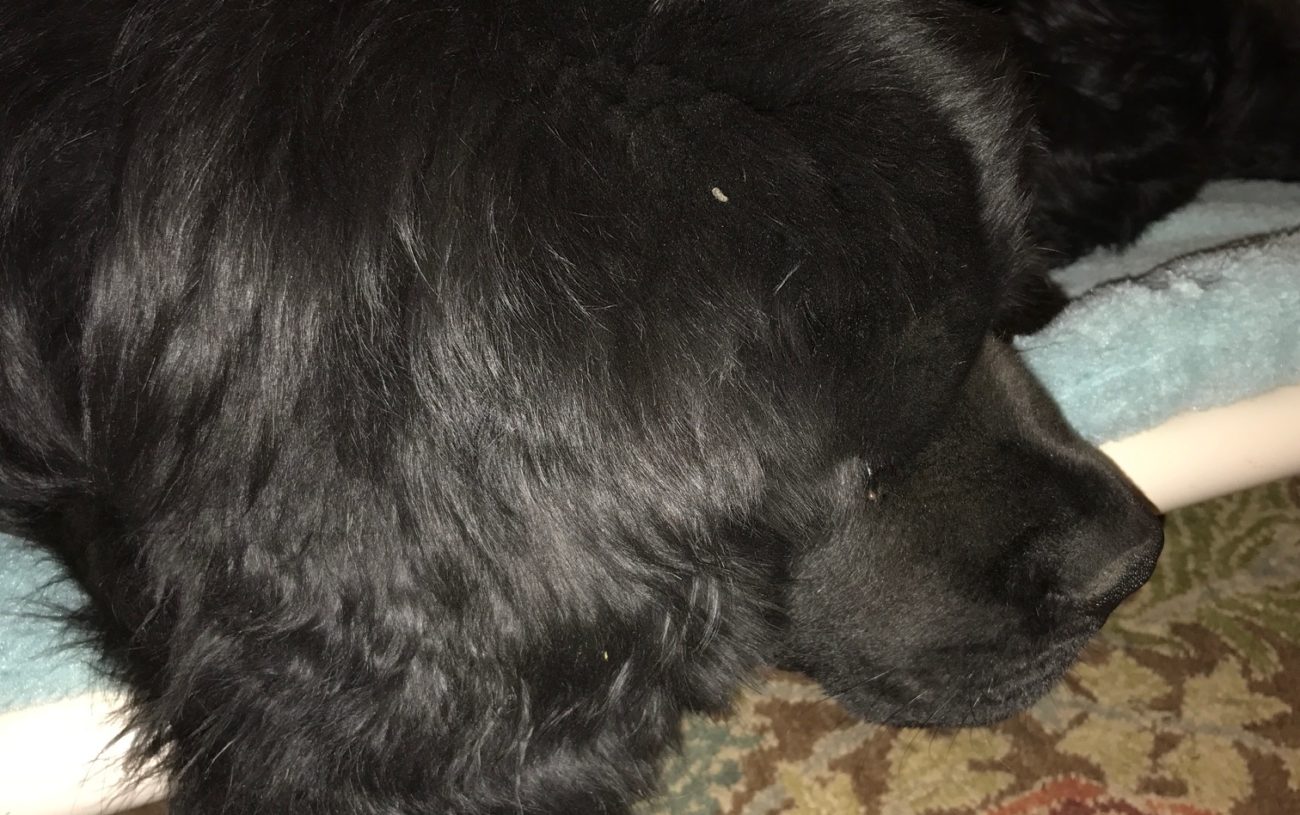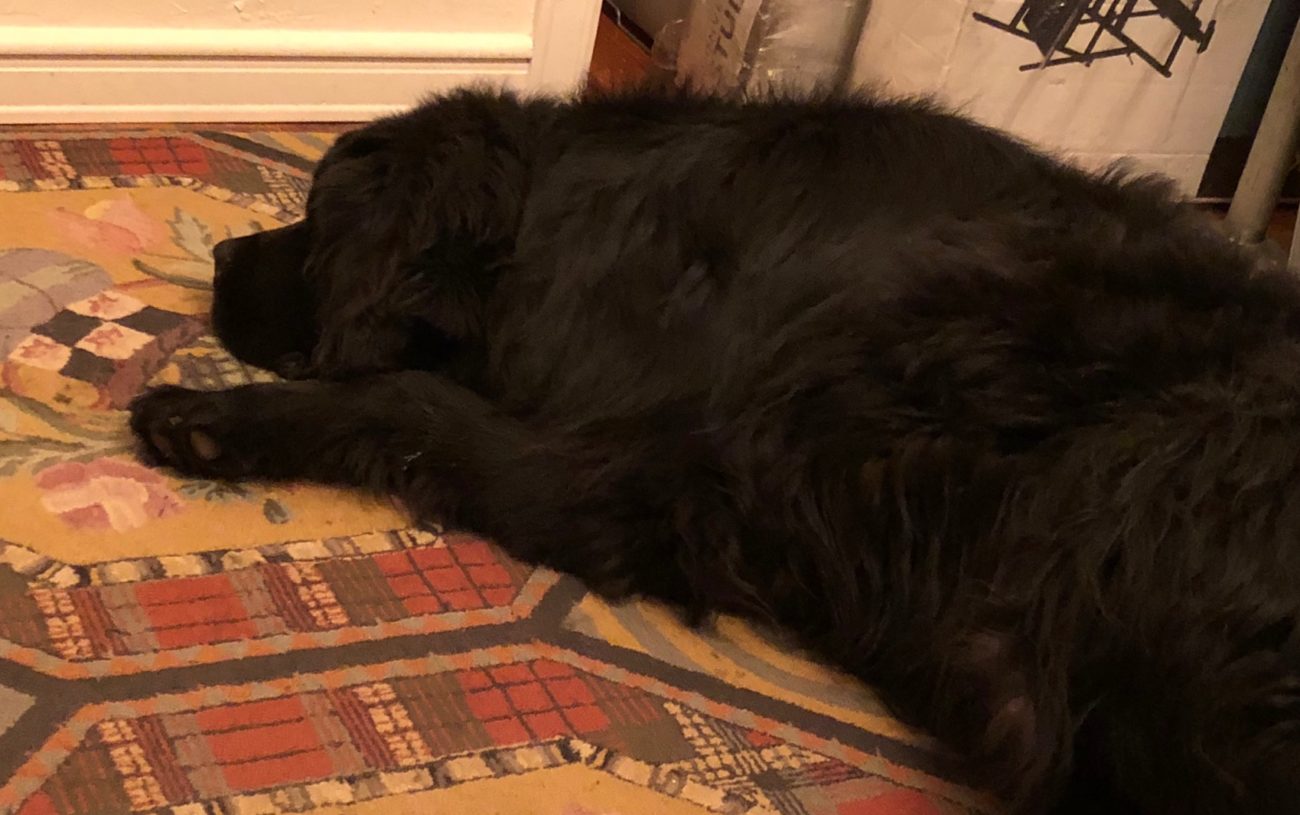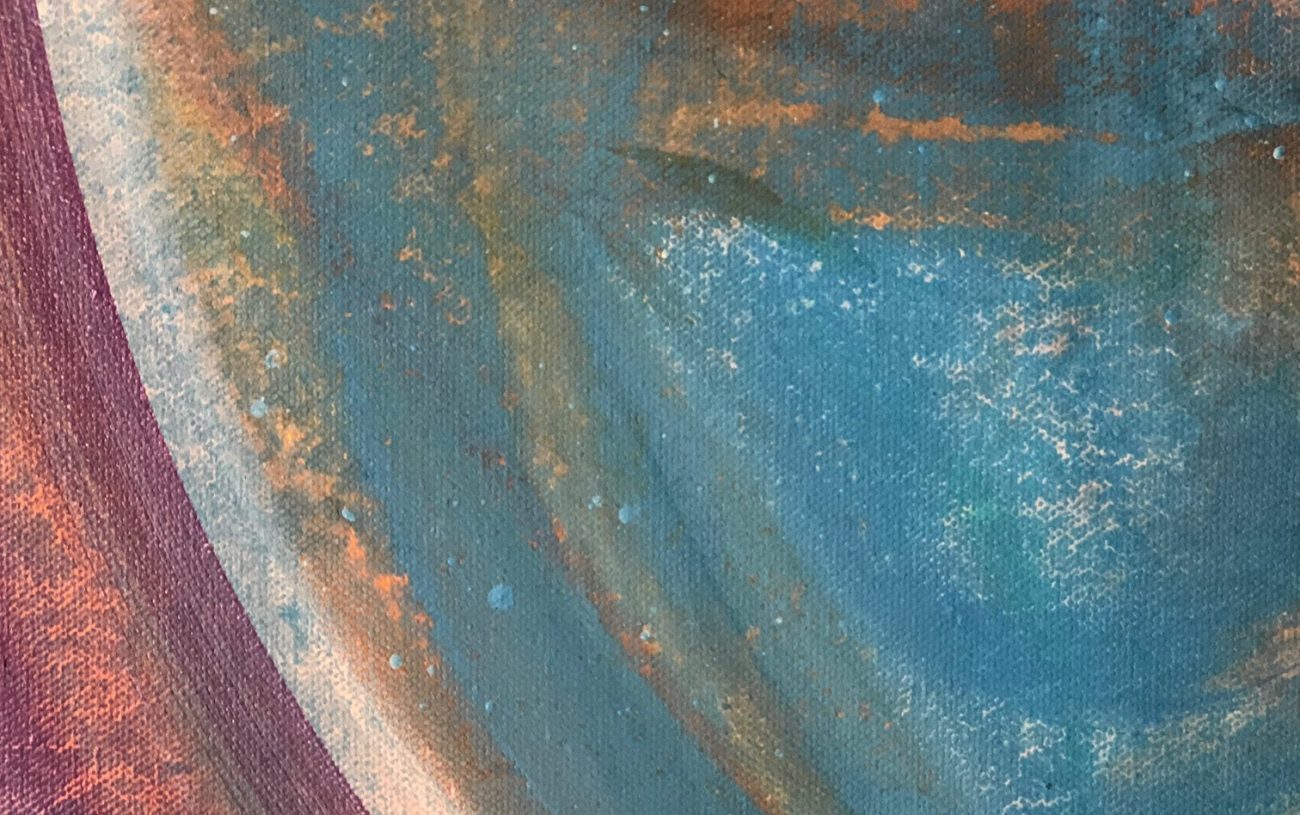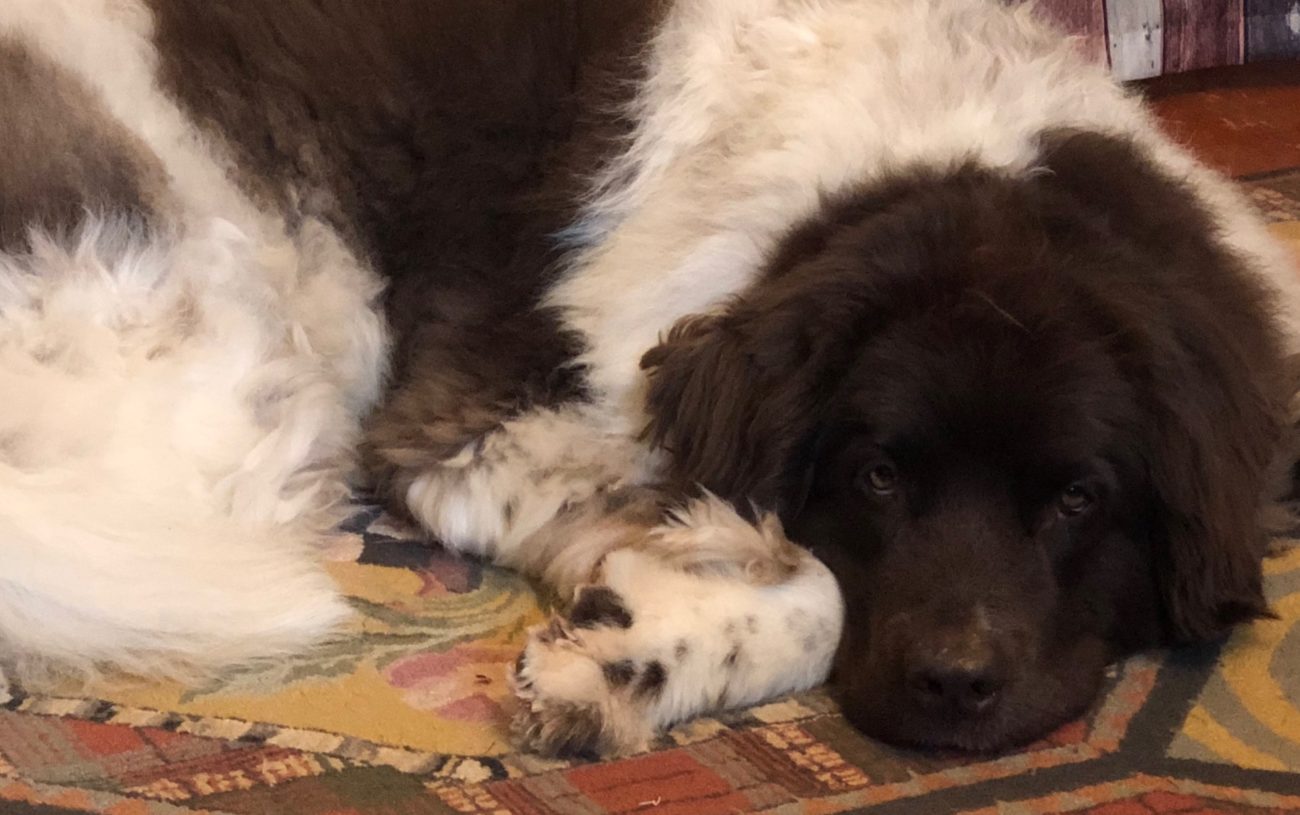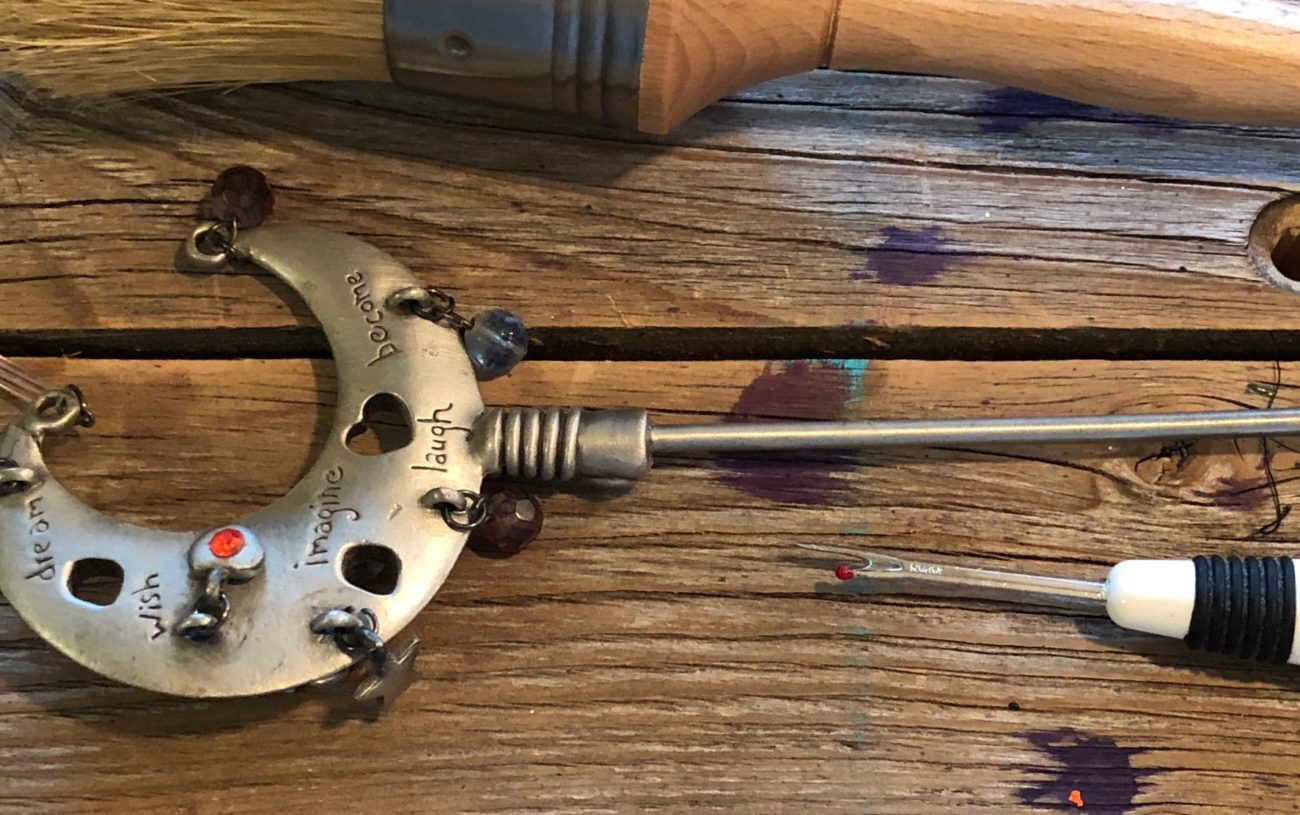With profound apologies to my teacher, Shiloh Sophia, and sincere hopes that the Intentional Creativity Guild won’t revoke my membership, I must confess that I don’t eat cake.
I was very popular at children’s birthday parties. I like icing even less than cake. Especially the blue play dough blue roses! Everyone wanted to sit next to me.
When I was small, I chose apple pie for my birthday. After we moved to Florida, where seasonal fruits are vastly different than in, say, Minnesota, where I was born, I chose strawberry shortcake.
The kind with the Bisquick biscuits, as opposed to those little round cake things, floating in just a bit of half and half. Yum!
I’m telling you this, of course, because it’s birthday season in my family. Five of them between January 24th and March 4th.
Somehow, the food thing used to be less complicated!
The Legendary Husband, who deserted me for the frozen land of Iowa, fixed the fabulous dinner pictured above.
Locally pasture raised rib eye steak, perfectly teetering between rare and medium rare. Roasted organic asparagus, the first of the farmers market season. And tiny roasted organic potatoes, flash finished in the hot iron skillet while the steak rested on a platter.
I didn’t miss the cake!
Soon, a joint celebration, probably at Decatur’s Iberian Pig, because we’re still raving over our Valentine’s Day feast.
Some spare roasted asparagus will find its way into a frittata, along with herbs from our garden, which will reappear shortly for snacks with paint. The extra wee potatoes are, predictably, headed for a pot of soup.

All of which means that I can paint more and cook less during my single parent week.
The very big dogs are delighted that we’ve foraged for them, as well.
We do, however, think of more than food around here.
Health.
Healing the planet.
Space for a bit of comfort and celebration.
And, perhaps most importantly of all, gratitude.
Gratitude for enough. For clean. For sources we trust. For sharing. And for self-expression.
And, in the midst of giving thanks, we long, also, for justice. For an end to hunger and food insecurity, which is totally possible if we grow more and manufacture less.
It’s about time to plant the garden out front. And time for our own asparagus to begin to reach for the sun. The grape vines are already beginning to bud, which I really hope isn’t overly optimistic of them.
I’m not a huge fan of fundamentalism in any of its forms so I should also admit that I was glad to see the shortbread Girl Scout cookies that followed Bill home today. I’ll probably even eat one with a cup of tea tomorrow.
Life is complicated. Our needs and our choices are complicated. And, if you’ve been hanging out a while, you’ve heard me claim one of the more amazing things I’ve learned in my journey.
Language creates reality.
One of the things that means is that labels aren’t always all that helpful when they define us by what we aren’t rather than helping shape what we hope to be.
At the same time, it is part of being human to name things and our world is running over with names for who eats what.
We have lots of those in our family! I’ve had a bunch in my day.
Recently, I’ve chosen a new one.
I am an Intentional Gratitarian ©.
Judging from the way the paint brushes are twitching and my inner critic is grumbling, I suspect there’s a workshop hatching somewhere deep inside. I’ll keep you posted.
Here’s where all the really important stuff starts for me…
What are you trying to accomplish?
I’d love to hear your answers! Just scroll down a bit and leave me a message.

